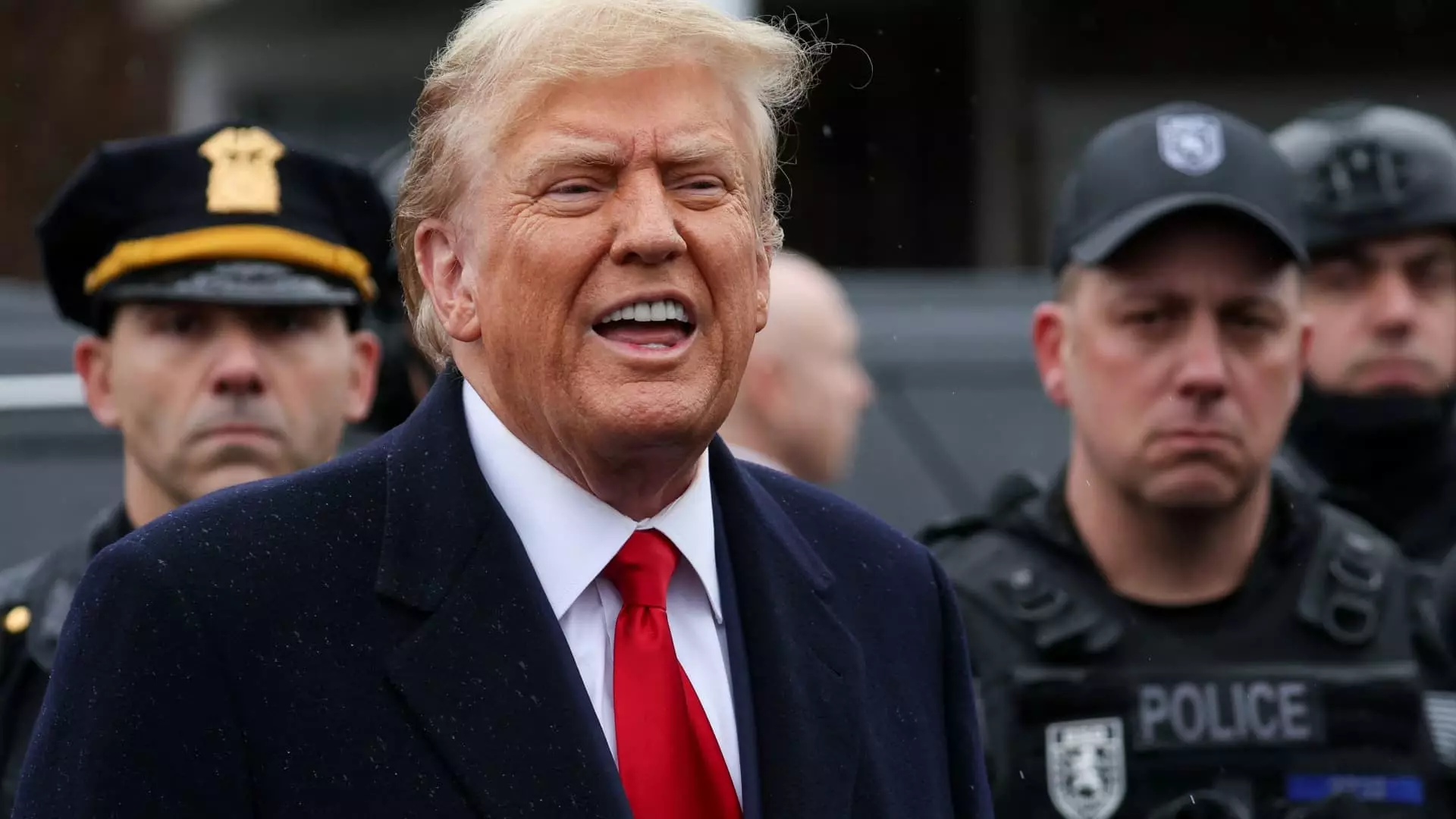The U.S. economy has been plagued by decades of trade deficits and a strong dollar, resulting in a significant number of “losers” within the country. This situation has fueled the rise of protectionist policies championed by figures like Donald Trump. His “America First” economic strategy involved imposing tariffs on various countries, including China, Mexico, and the European Union. These tariffs aimed to protect American industries but have faced criticism from economists who argue that they ultimately harm consumers by making imported goods more expensive.
Richard Koo, the chief economist at the Nomura Research Institute, emphasizes that protectionism is a double-edged sword. While it may seem like a logical response to trade imbalances, it carries significant risks. The traditional economic theory of free trade suggests that it benefits society as a whole by creating more winners than losers. However, in the case of the U.S., persistent trade deficits have led to a growing number of people perceiving themselves as losers of free trade.
Koo points to exchange rates as a crucial factor in determining the impact of trade on the economy. The strength of the U.S. dollar has incentivized imports while hurting American exporters. He argues that allowing market forces to dictate exchange rates can lead to a situation where free trade is undermined. Drawing parallels with past experiences, such as President Reagan’s response to a strong dollar in 1985, Koo suggests that intervention in the foreign exchange market is necessary to prevent excessive losses for certain sectors of the economy.
The prevailing notion that trade deficits are solely a result of “too much investment” and “too few savings” in the U.S. is flawed, according to Koo. This perspective implies that reducing the deficit would require prolonged periods of recession to weaken domestic demand. Instead, Koo advocates for a more nuanced understanding of the role of exchange rates in shaping trade outcomes. Past confrontations with countries like Japan have shown that exchange rate dynamics play a critical role in determining trade competitiveness.
In contrast to the protectionist stance of the Trump administration, President Joe Biden’s approach to trade policy has been different. While he has retained some of the measures introduced by his predecessor, Biden has emphasized industrial policies like the CHIPS and Science Act and the Inflation Reduction Act. These initiatives aim to bolster American manufacturing, particularly in high-growth sectors such as semiconductors and electric vehicles. Rather than relying solely on tariffs, Biden’s strategy focuses on incentivizing domestic production and innovation.
The complex interplay between trade deficits, exchange rates, and protectionist policies continues to shape the U.S. economy. While different administrations have adopted varying approaches to address these challenges, finding a balance between protecting domestic industries and maintaining global competitiveness remains a key priority. By critically examining past experiences and engaging in informed policy debates, policymakers can navigate the intricate dynamics of international trade to foster sustainable economic growth.


Leave a Reply